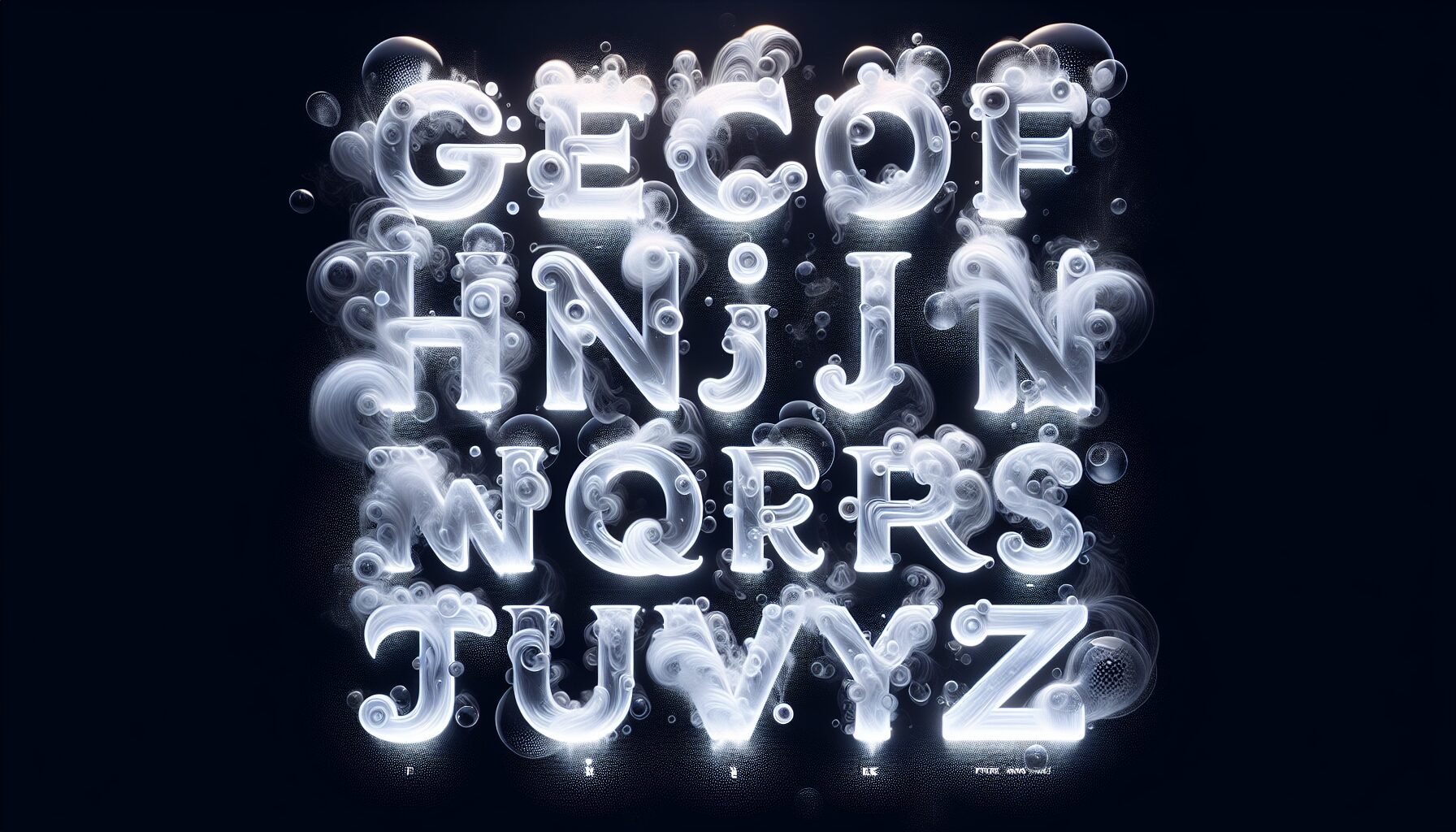In the exciting world of graphic design, typography remains a cornerstone, and the latest trend, “Ghostly Typography,” is making waves. This design approach emphasizes transparency, ethereal aesthetics, and haunting beauty. Designers are embracing these qualities to push the boundaries of traditional lettering and explore new creative realms.
- The Ethereal Aesthetic: At its core, ghostly typography utilizes transparency and layering to create a sense of depth and movement. It’s about crafting a visual experience that feels otherworldly and intangible, akin to glimpsing a ghost.
- Experimentation with Layers: Designers often use layered text that overlaps in varying degrees of transparency, creating a spectral effect. This can be seen in the works of designers like Jessica Walsh, who states, “Typography is painting with words.” Her take on ghostly typography is to convey emotion and narrative uniquely.
- The Impact of Technology: With advancements in design software, typography is experiencing a transformation. Tools such as Adobe Illustrator and Photoshop allow for ever more intricate and delicate designs. Designers can play with light, shadow, and opacity to bring ghostly typography to life.
- Applications in Branding: Brands looking to evoke mystery and intrigue may turn to this trend. Ghostly typography can add an element of sophistication and modernity to brand identities, especially in industries related to fashion, technology, and entertainment.
- Themes and Inspirations: Beyond aesthetics, ghostly typography draws inspiration from cultural narratives surrounding ghosts and the supernatural. It’s about capturing the intangible—making the unseen, seen. This evokes a sense of wonder and curiosity, compelling audiences to engage.
What began as niche experimentation is now becoming mainstream, inviting more designers to engage with transparency and lightness in their work.
Designer David Carson famously noted, “The impossible is always possible.” This sentiment resonates deeply with the ethos of ghostly typography, where the challenge is to render the unreal aesthetically real.
In conclusion, ghostly typography is more than a fleeting trend; it’s a compelling testament to the endless possibilities of typographic art. It challenges designers to think beyond the conventional, daring them to enter a space where letters are not just for reading, but for feeling. As technology continues to evolve, the potential for even more innovative experiments in ghostly typography promises to fascinate and inspire.
